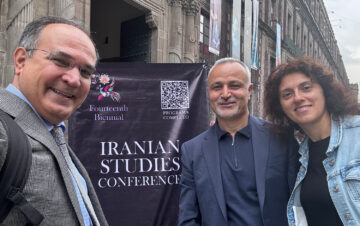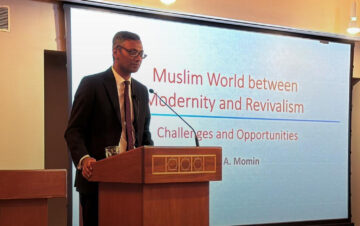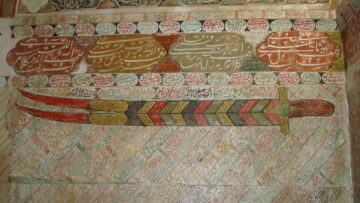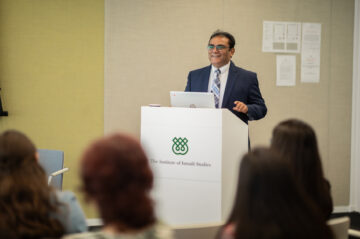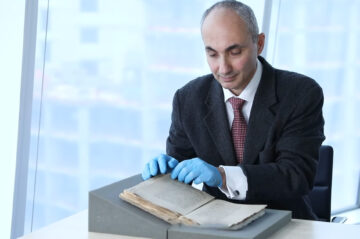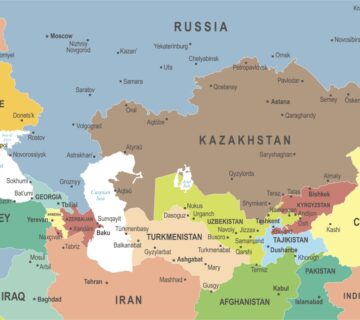Dr Stephen Burge, Research Associate in the Institute’s Qur’anic Studies Unit, attended the American Oriental Society (AOS) Annual Meeting, held in Boston, USA. His paper was entitled Jihad in the late Mamluk Period: A Comparison of Two Arba’un Collections by al-Biqa’i (d.1480 CE) and al-Suyuti (d.1505 CE).
The paper presentedan analysis of two collections of Forty Hadiths (arba’un) Collections, namely: (i) al-Biqa’i’s Dhayl al-istishad bi-ayat al-jihad (The appendix to Martyrdom in the Verses on Jihad), a hadith collection that follows a series of Qur’anic quotations about jihad; and (ii) al-Suyuti’s Abwab al-su’ada’ fi asbab al-shuhada’(The Gates of Bliss in the Occasions of Martyrdom).
Al-Biqa’i’s text focusses on the ‘lesser’ jihad and martyrdom. We know from details of his life that he was a mujahidhimself, and took part in jihad expeditions, probably those against Cyprus and Rhodes between 1440-1444 CE. Knowing this, it is possible to understand the hadith collection with more clarity, and to see the deep personal significance the theme had to al-Biqa’i. The collection can then be read as an exhortation to jihad; or, if compiled after the attacks on Cyprus and Rhodes, it can be read as being highly influenced by the compiler’s own experiences.
Al-Suyuti’s emphasis is entirely different and his definition of martyrdom encompasses a wide range of pious actions. Al-Suyuti does, however, include a large number of hadiths about plague at the beginning of the work. This focus on the plague resonates with the social reality of late Mamluk Cairo, where outbreaks were common and had devastating consequences. If we look at the relationship between the ‘ulama and the masses in the fifteenth century CE, we see that it was intensely interactive – perhaps more than it is now. Scholars, then, had a duty to respond to the needs of the masses – and ahadith about the plague (and positive ones at that) would have been an important part of the scholarly reaction to such outbreaks.
The paper argued thatby closely analysing the material included and excluded from a hadith collection it is possible to gain a deeper understanding of particular nuances within a text in which a compiler does not give a reader his views openly.
Dr Burge argued in his paper that these two collections were highly influenced by the historical milieux in which they were written and that we can use these collections of ‘Forty Hadiths’ to gain an understanding of the social history of the period, and what the scholarly community believed to be important, and how they reacted to certain events.

